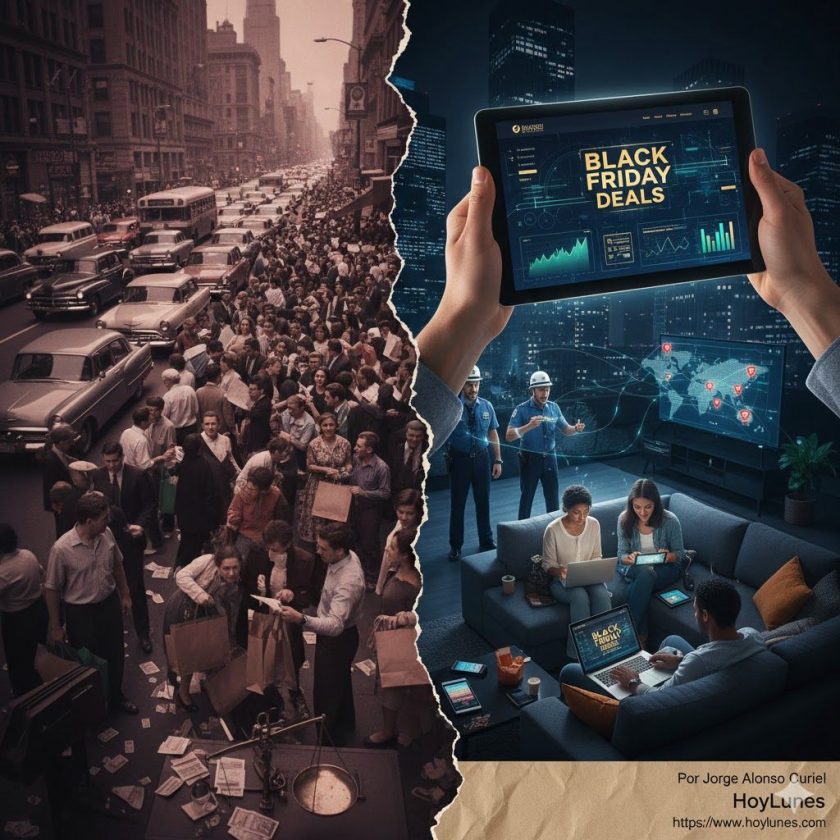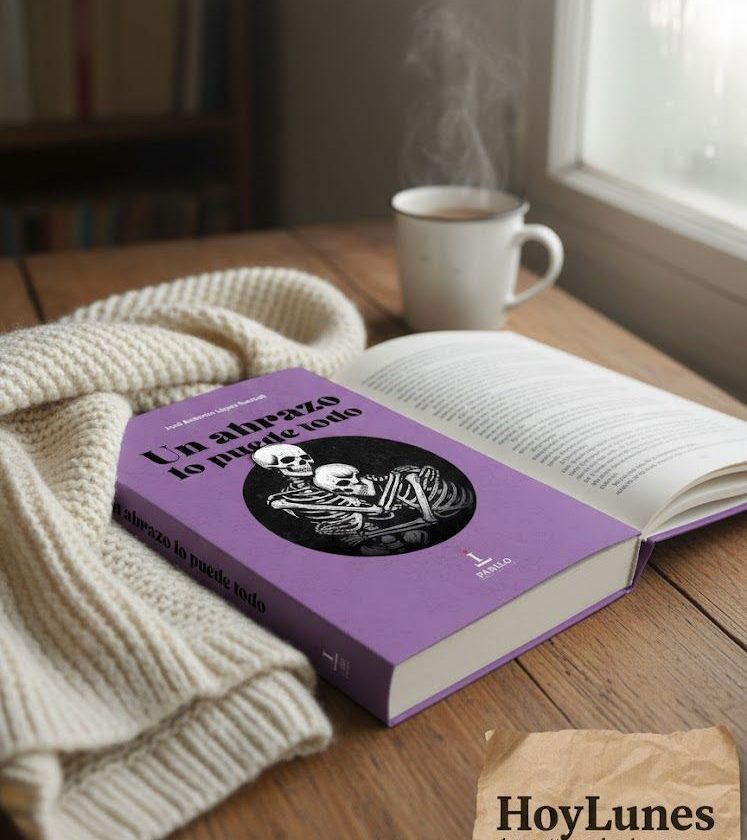A summer conversation about warnings, solutions, and the urgency of adapting to a hotter future.
By Any Altamirano
HoyLunes.– The afternoon was falling over the city under an unforgiving sun. On the terraces, fans barely managed to stir the heavy air. Meanwhile, official thermometers hovered around *“40 degrees in Valencia,”* and in other parts of the Valencian Community and across Spain, the heat approached historic records of up to 45ºC. In this scenario, a neighbor decided to visit his local health center—not because he was ill, but because he wanted to understand what was happening.
—“Doctor, every year they tell us the same: drink water, stay indoors at midday, rest in the shade…” the man began, wiping the sweat from his forehead with a handkerchief. “But the truth is, it’s no longer enough. The heat keeps killing”.

The doctor looked at him calmly.
—“You’re right. Just this summer, nearly 1,200 people in Spain have died from causes linked to extreme heat”, according to the Carlos III Health Institute. “They are silent deaths, often among the elderly or those with chronic illnesses”.
—“So what now?” the neighbor insisted. “Are we going to keep hearing the same advice every year?”
The doctor took a deep breath before answering:
—“The Ministry of Health does what it can: information campaigns, emergency protocols, coordination with regional authorities… But the real question is whether that is enough. Extreme heat is no longer an exception—it’s a structural reality”.
The neighbor shifted in his chair, intrigued.
—“And haven’t other countries found more practical solutions?”

—“Of course,” the doctor replied. “Look:
In Dubai and Riyadh, working hours shift during the summer: it is forbidden to work outdoors during the hottest hours of the day. In Australia, schools adjust their activities based on weather forecasts and are equipped with air-conditioning systems in every classroom.
And in Spain, some cities are starting to test solutions: more urban trees, white-painted roofs on public buildings, adapted schedules for municipal workers. But what’s missing is large-scale coordination. And in some cities, so-called ‘climate shelters’—air-conditioned public spaces for those without cooling at home—have been created. Yet, it seems it is still not enough”.
The neighbor, thoughtful, concluded:
—“So, it’s not just a health problem?”
—“Exactly,” the doctor nodded. “It is also a social, economic, and cultural issue. If we keep treating extreme heat as a passing phenomenon, we will never adapt. What we need is not only advice, but housing policies suited to high temperatures, air-conditioned public transport, flexible working hours, and urban planning designed to survive at 45 degrees”.
The conversation ended in a silence heavy with questions. Outside, the air burned against the asphalt. The neighbor stood up, thanked the doctor, and stepped back into the afternoon heat with one clear idea: the real challenge is not hydration, but learning to live in a country that can no longer escape extreme heat.

![]()
#hoylunes, #any_altamirano,



